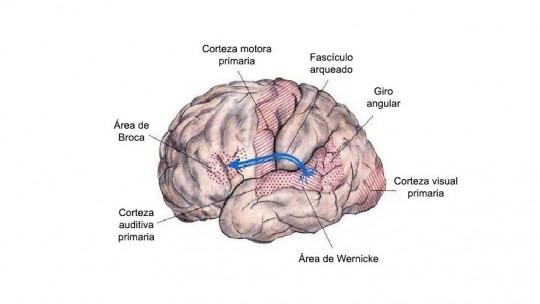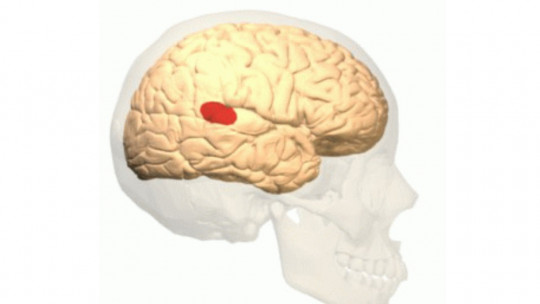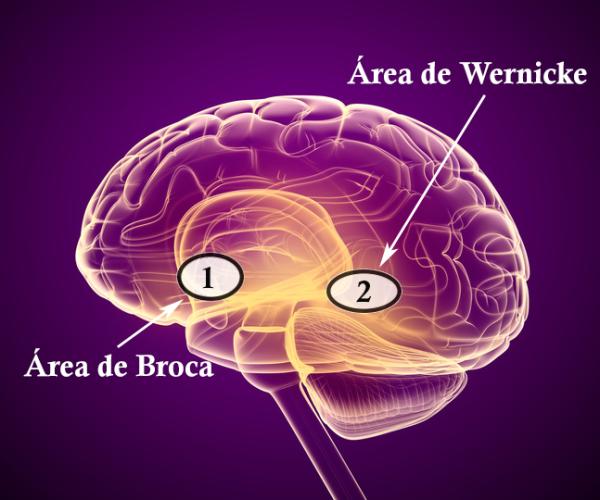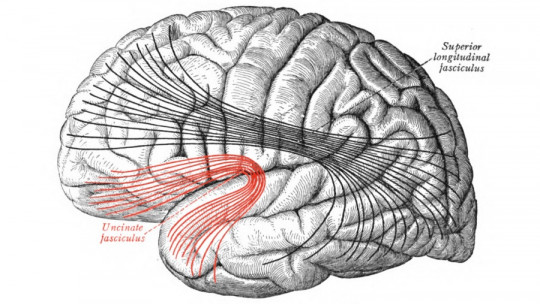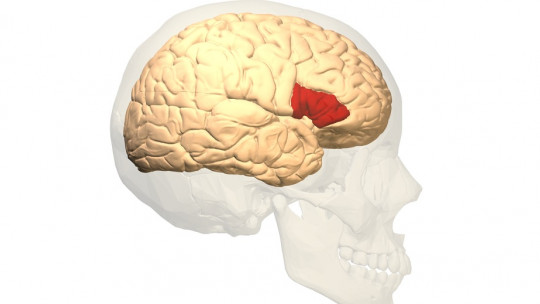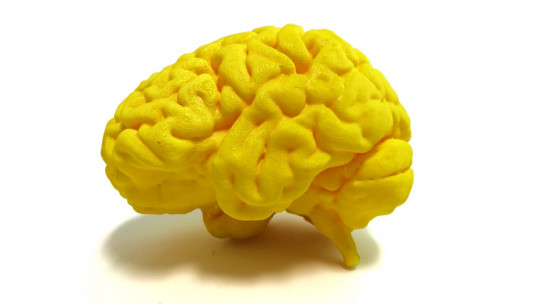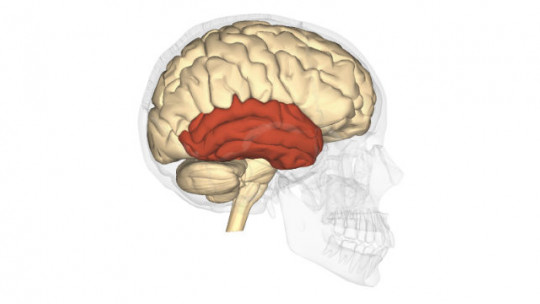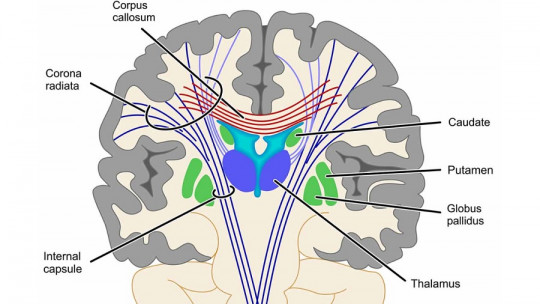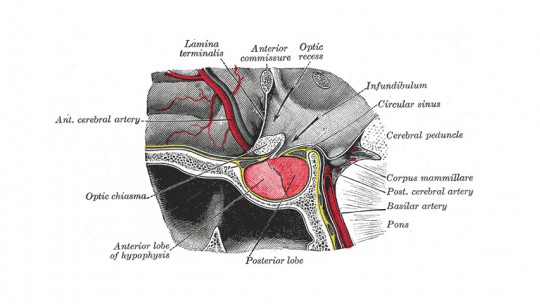Speech is one of the abilities or skills that has traditionally been given the most value. And although most people use it automatically and even without thinking about what they are saying, the truth is that speaking involves a series of complex processes.
These processes are carried out by different brain areas. One of the main ones, along with the Broca and Wernicke areas, is the arcuate fasciculus
Arched fasciculus: what is it and where is it located?
We understand the arcuate fasciculus to be a specific brain region that consists of a set of nerve fibers that joins two of the main areas related to language: Broca’s and Wernicke’s areas. In this sense, it should be noted that the connection is bidirectional: the fibers go from Wernicke’s area to Broca’s area but also vice versa
This bundle thus connects frontal and temporal areas, as well as parietal and perisylvian areas. That is, it combines motor areas and sensory areas. These connections are formed by white matter: that is, the arcuate fasciculus is made up mainly of neuronal axons, and neuronal nuclei are not so common. They are usually short neurons in an arcuate shape (hence their name).
We can find these fibers in both cerebral hemispheres although the one that has been most relevant to the study is that of the dominant language hemisphere (in most people the left).
Principal functions
This small brain region plays a very important role in our behavior, especially when it comes to language. Interestingly, although the role of this fascicle in the language-dominant hemisphere has been largely analyzed, existing knowledge about its function in the other hemisphere is not fully known. Broadly speaking, we can say that some of the main functions of the arcuate fasciculus are the following.
1. Information about sound
Different studies seem to reflect that the role of the arcuate fasciculus in language It does not occur at the level of meaning, but only at the level of sounds That is to say, what is transmitted is not the meaning, which does not have to have been processed at a conscious level, but the phonemes.
2. Connection between Drill and Wernicke
As we have mentioned previously, the arcuate fasciculus is a set of fibers that join Broca’s and Wernicke’s areas. That is, it unites the main brain areas responsible for the production and understanding of language. Yes ok his injury does not prevent him from understanding or producing language the arcuate fasciculus is important when it comes to linking these two processes.
3. Replayability
Probably one of the most visible functions of this area (since his injury prevents it), is the ability to repeat words. That is, the arcuate fasciculus allows us to be able to repeat what another person tells us , something largely linked to the previous point. This aspect makes sense if we think that the fascicle connects Wernicke’s area with Broca’s area. That is to say: first we understand what we are told and then we replicate it.
4. Word learning
Likewise, another function in which the arcuate fasciculus is involved is in word learning. Largely linked to its role in repetition capacity, it has been observed through MRI how those people who have better verbal learning have a higher level of myelination of the arcuate fasciculus.
This implies that the nervous signal will travel down the fascicle at a greater speed, and a certain connection can probably be found with its association with the ability to repeat the words that are told to us.
5. Prosody, semantics and phoneme-morpheme transformation
It has been observed in various studies that semantics and prosody are also influenced by this brain structure. It also contributes to the process of transforming phonemes (sounds) into morphemes (already with meaning) even though the information that passes through it is fundamentally phonetic.
6. Musical perception
One of the few functions with which the right arcuate fasciculus has been related is linked to musical perception. And it seems that the functioning of the upper part of the arcuate fascicle of said hemisphere makes us able to capture the different tones of a melody
7. Writing
It has been seen that the arched fasciculus not only influences oral language but also written language, especially in tasks in which it is necessary to move from spoken to written material, such as dictations.
Effects of your injury
Since the arched fascicle is a relevant element for the human being, the truth is that Your injury does not prevent either the reception and understanding of the language or its expression However, it can cause great difficulties.
And although understanding and expression are preserved, their joint action is cut off if there is an injury to the arcuate fasciculus. It has also been seen that damage to this brain region causes conduction aphasia, in which makes it impossible or greatly difficult to repeat words And not only at the oral level: the injury to the arcuate fasciculus also causes difficulties in carrying out tasks such as dictation, presenting a certain level of agraphia and sometimes not knowing how to correct misspelled words despite knowing that they are wrong.
Likewise, it has been seen that there may be a link with the perception of tones, which may cause deafness to them and difficulties in musical perception.

